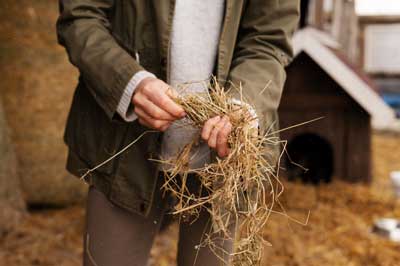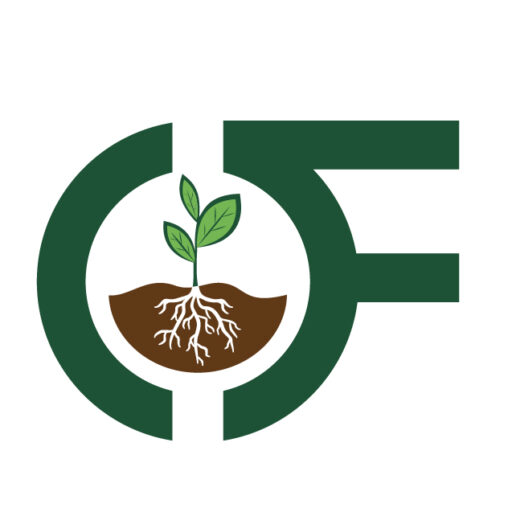The Benefits of Rotational Grazing and Hay Use in Livestock Management
When it comes to feeding livestock, hay is one of the most important elements of maintaining animal health and nutrition. But with so many options available, including both local and imported hay, livestock owners often face the question: which is better for their animals? As a trusted supplier of premium hay products in the Pasco and Tri-Cities area, we at Ohana Farms want to help you make an informed decision. In this blog, we’ll explore the pros and cons of both local and imported hay, diving into factors such as quality, availability, sustainability, and cost.

(Person holding a bundle of hay.)
Understanding the Difference Between Local and Imported Hay
Hay is a fundamental component of livestock diets, whether you’re raising cattle, horses, sheep, or goats. When we talk about local hay, we refer to hay that’s grown and harvested in the same region where it will be fed to livestock, typically within a 100- to 300-mile radius. Imported hay, on the other hand, is sourced from other states or even countries and must be transported over long distances before reaching your farm.
Types of Hay Commonly Imported and Available Locally
Hay comes in different types, with some being more suited to certain animals than others. The most common types include:
- Alfalfa Hay: Known for its high protein and calcium content, alfalfa is a preferred choice for dairy cows, horses, and growing livestock. This hay can be sourced locally or imported from regions like California, Arizona, or even abroad by alfalfa hay bales importers.
- Timothy Hay: Highly palatable and popular among small animals like rabbits and guinea pigs, Timothy hay is a favorite for horse owners as well.
- Orchard Grass: Grown locally in many regions, orchard grass is soft and high in fiber, making it ideal for a balanced diet.
- Bermuda Hay: Typically imported from warmer climates, Bermuda grass is often used in feeding livestock in regions that cannot grow it.
With these popular types of hay in mind, let’s explore the factors that will help you decide whether local or imported hay is best for your livestock.
Quality of Hay: Local vs. Imported
The quality of hay is one of the most critical factors when it comes to ensuring the health of your animals. The best hay should be fresh, green, fragrant, and free from mold, weeds, or foreign materials.
Pros of Local Hay
- Freshness: Local hay is typically fresher because it doesn’t have to be transported over long distances. The less time hay spends in transit, the more it retains its nutrients.
- Climate-Specific Nutrition: Local hay is adapted to the climate where it’s grown. For example, hay grown in the Pacific Northwest is well-suited to the needs of livestock in the same region, particularly when it comes to micronutrient content.
- Personal Relationships with Suppliers: When you buy local hay, you have the opportunity to build relationships with local farmers and suppliers. This direct line of communication ensures you know exactly how the hay is grown, harvested, and stored, giving you more control over the quality of the feed.
Cons of Imported Hay
- Loss of Nutrients During Transit: While imported hay might be produced in optimal conditions, the lengthy transportation process can result in nutrient loss, particularly if the hay is exposed to varying weather conditions.
- Risk of Contamination: Imported hay often has to meet certain regulatory standards, especially when crossing state lines or international borders. However, the extended time in transit can increase the risk of exposure to mold, pests, or other contaminants.
Availability and Convenience
Availability is a key concern when deciding whether to source local or imported hay. In some cases, local hay may be limited due to seasonal factors or weather conditions, prompting farmers to seek out imported options.
Local Hay Availability
- Seasonal Supply: In many regions, local hay is harvested during specific seasons, which can limit its availability during off-season months. However, many farmers in the Pasco and Tri-Cities area are experienced in storing hay to ensure year-round availability.
- Faster Access: Local hay suppliers can typically deliver your order faster, reducing the risk of running out of feed.
Imported Hay Availability
- Consistent Supply: Imported hay can be sourced year-round from regions with different growing seasons, making it a reliable option when local supply is low.
- Specialty Hays: Certain types of hay, such as Bermuda grass or alfalfa hay from specific climates, may be available only through importers.
For those wondering “Can I ship hay via USPS?”, it’s worth noting that shipping hay can be expensive and logistically challenging due to its weight and bulkiness. For small-scale farms or individuals purchasing hay in small amounts, imported hay may be a viable option, but local hay is generally more practical and affordable.
Cost and Affordability
The cost of hay is another important consideration for livestock owners, as feed typically represents a significant portion of operational expenses. Local and imported hay differ in terms of both upfront cost and hidden expenses.
Local Hay Cost Benefits
- Lower Transportation Costs: Since local hay doesn’t have to be transported long distances, transportation costs are lower, resulting in more affordable prices for buyers.
- Reduced Risk of Damage: With local hay, there’s less risk of damage during transit, meaning you’re less likely to receive subpar products.
Imported Hay Cost Factors
- Higher Shipping Costs: Imported hay often comes with a higher price tag due to transportation fees, especially if it’s sourced internationally. If you’re looking to ship hay in smaller quantities, importing might be more costly.
- Import Tariffs and Regulations: International hay imports can be subject to additional fees, such as import tariffs or the cost of meeting specific regulatory standards.
In many cases, the price of imported hay may exceed the value of local options, particularly when factoring in additional shipping and handling fees.
Sustainability: Why Local Hay is the Greener Choice
Sustainability is becoming an increasingly important factor in farming operations, and local hay is often the more eco-friendly choice. Here’s why:
Local Hay Sustainability Benefits
- Lower Carbon Footprint: Transporting hay over shorter distances reduces greenhouse gas emissions. Sourcing hay from nearby farms helps lower the carbon footprint of your operation and supports local sustainability efforts.
- Support for Local Farmers: Purchasing hay from local suppliers helps stimulate the regional economy, supports small businesses, and encourages sustainable farming practices within your community.
Environmental Impact of Imported Hay
- High Transportation Emissions: Long-distance transportation of hay, particularly when imported internationally, increases carbon emissions and fossil fuel consumption.
- Environmental Regulations: Some regions may not adhere to the same stringent environmental regulations for growing hay, which could lead to a greater impact on ecosystems in those areas.
Conclusion: Which is Better for Your Livestock?
When deciding between local and imported hay, it ultimately comes down to the specific needs of your livestock, your budget, and your commitment to sustainability. Local hay generally offers fresher, more nutrient-dense options, better aligns with sustainable farming practices, and supports local economies. However, imported hay can provide a consistent supply during off-season months or when specialty types of hay are needed.
At Ohana Farms, we are dedicated to providing high-quality, locally sourced hay that meets the needs of farmers and livestock owners in the Pasco and Tri-Cities areas. By choosing local hay, you can ensure your animals receive the best possible nutrition while also supporting your community and the environment.

